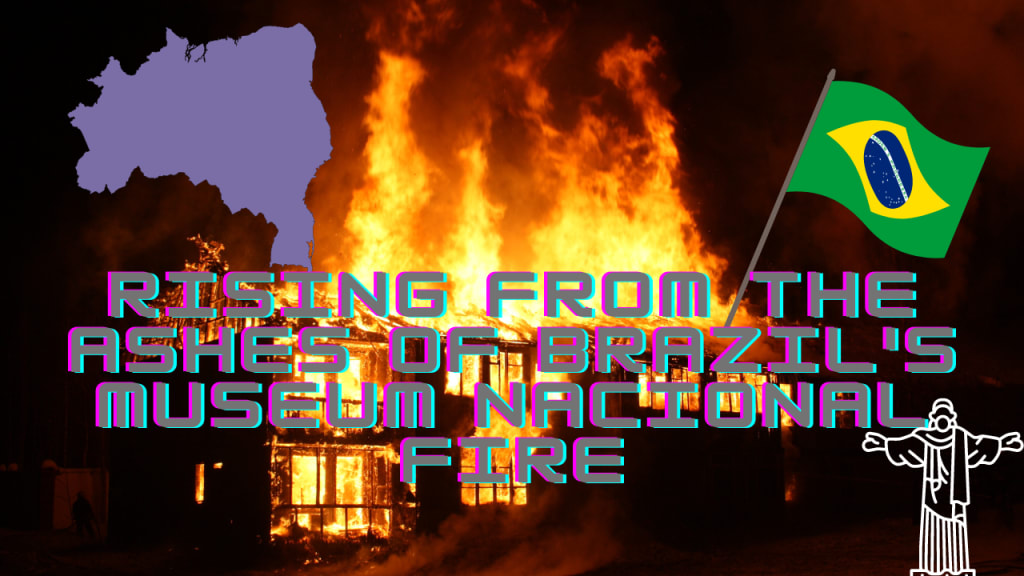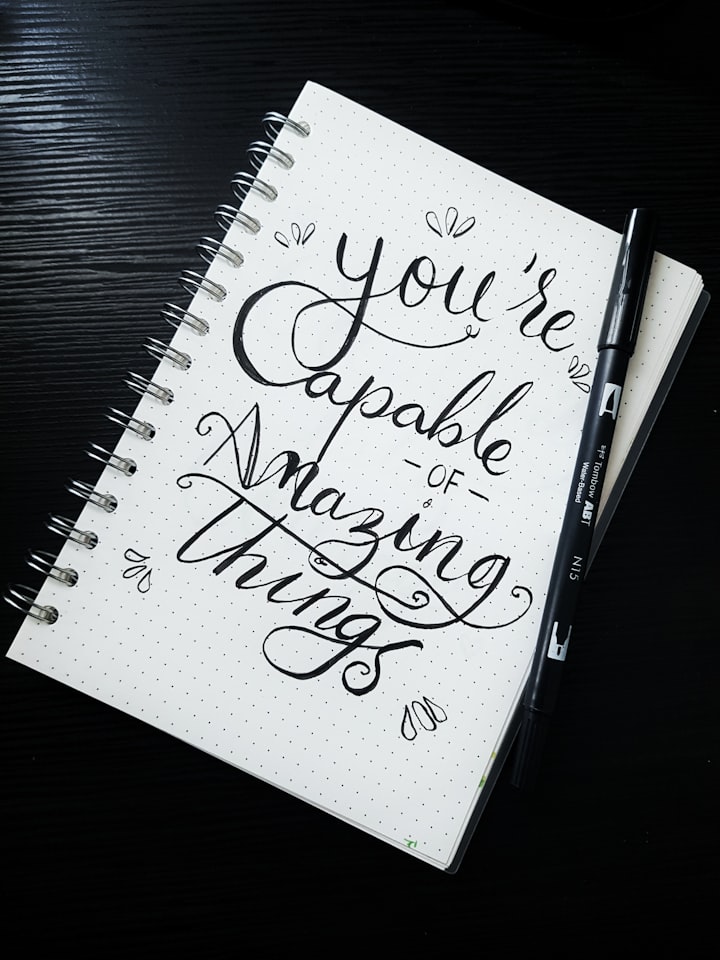
The National Museum of Brazil in Rio de Janeiro, known as Museum Nacional, held the distinction of being the largest and most ancient natural history museum in Latin America. In 2018, the museum proudly commemorated its 200th anniversary. However, tragedy struck on the evening of September 2nd when an electrical fire ignited on the ground floor, and over time, it transformed into an uncontrollable inferno that ravaged the entire edifice, resulting in the irreparable loss of nearly all its cherished collections.
In a matter of just 10 hours, the magnitude of devastation became painfully evident. Approximately 18 million objects and specimens succumbed to the merciless flames, reduced to mere smoke and ash. Among the heartbreaking losses were 30,000 artifacts originating from indigenous Brazilian communities, including precious recordings of extinct languages that no longer had living speakers. The entomology collection met a tragic fate when the floor on which it resided collapsed, obliterating 5 million specimens, including invaluable holotypes. Holotypes are singular individuals upon which an entire species is classified, and their destruction renders future specimen identifications exceedingly difficult, if not impossible.
Moreover, the museum housed a remarkable assemblage of impeccably preserved pterosaur fossils, renowned as some of the finest in the world. It also safeguarded a wealth of fossil discoveries spanning two centuries. While efforts are underway to quantify the other losses, it is undeniable that the extent of the destruction transcends quantification and remains immeasurable.
The news of the fire filled me with profound devastation. The impact of the collections lost in Rio reverberates not only within the hearts of Brazilians or those currently involved in the museum field but also resonates with anyone who possesses an inquisitiveness about the world, its histories, cultures, and the diverse life it has nurtured. The fire signifies a staggering theft of global knowledge, amassed painstakingly over hundreds of years by countless individuals.
Since the outbreak of the fire, I have been grappling with the profound implications of this loss and contemplating how we can recover from it. Consequently, I yearned to engage in a conversation with someone directly affected by these tragic events, to gain a deeper understanding of their personal experience and the challenges they face in the wake of this catastrophe.
Paleontologist Beatriz Hörmanseder was a master’s student working in the museum at the time of the fire.
She was in the process of describing a new species of extinct crocodile, known from a single specimen that was among those items destroyed.
Beatriz: I study fossil crocodiles and I was studying one species that was from the Ceará region and this particular crocodile was really different from the others in this region.
So it probably was a really important species for this, for my study, and I lost it. I even saw where it was when it came out, it was just dirt, and nothing was there.
Emily: Do you remember your first thoughts upon hearing that there was a fire in the National Museum?
Beatriz: Well, I was at home, all of the sudden somebody said: "the museum is on fire. "I can remember, I stand for something like three hours in front of the television watching fire enter every room - in the entomology collection, and now the fire got into the archaeology and the mummies and my department, the paleontology department, was the last one to burn.
Emily: Do you remember some of the thoughts that were going through your head?
Beatriz: At first we couldn't believe it, the fire, it felt like a movie or something like that. Then we started to, with all the museum community, we started talking all together.
In the next morning of the fire we were just: hmm -- what's left?
In the aftermath of the fire, poignant remnants of the museum's past drifted down near the site, comprising charred fragments of books, field notes, and narratives. These remnants served as constant reminders of the catastrophic event that had unfolded. Moved by a deep connection to the museum, many individuals felt compelled to gather these larger fragments as symbolic tokens of their relationship to the institution.
As a means of keeping the public informed about the ongoing response and recovery efforts, a social media hashtag emerged: "Museum Nacional Vive" or "The National Museum is Alive." This hashtag served as a rallying cry, signifying that despite the immense losses, the spirit and resilience of the museum persevered.
In line with this sentiment, an exhibition bearing the same name, "Museum Nacional Vive," was curated. Its purpose was to remind the nation that while much had been tragically lost, not everything was gone. Some of the museum's collections had been safely stored in an offsite annex and remained unharmed. Alongside these preserved items, the exhibition showcased artifacts salvaged from the community, serving as a poignant reminder that a foundation for future research and exploration still existed within the museum's walls.
After the fire, poignant remnants from the museum's history floated down near the site, including charred fragments of books, field notes, and narratives. These fragments stood as constant reminders of the devastating event that had unfolded. Deeply connected to the museum, many people felt a strong urge to collect these larger fragments as symbolic mementos of their relationship with the institution.
To keep the public informed about the ongoing response and recovery efforts, a social media hashtag emerged: "Museum Nacional Vive" or "The National Museum Lives." This hashtag became a rallying cry, symbolizing the enduring spirit and resilience of the museum despite the tremendous losses it had suffered.
In harmony with this sentiment, an exhibition was curated under the same name, "Museum Nacional Vive." Its purpose was to remind the nation that although significant losses had occurred, not everything had been obliterated. Some of the museum's collections had been safely stored in an offsite annex and remained unharmed. Alongside these preserved items, the exhibition showcased artifacts that were salvaged from the community, serving as a poignant reminder that a foundation for future research and exploration still existed within the museum's walls.
Beatriz: Passing by, we got some support from other institutions and then Smithsonian came and I got to see the paleontology collection there and the American Museum collection and
Yale Peabody Museum.
It was -- it saved my thesis, it absolutely saved it and I'm really grateful for them.
After the fire - wanting to address her feeling of loss -Bea got a tattoo of the museum’s facade on her arm.
It sparked interest in her colleagues.
Without meaning to, she had created a movement among those directly impacted by the fire, and through body art, strengthened the bond of their shared experience.
Emily: You've got a pretty awesome tattoo.
Bea: Thank you.
Emily: Do you think this has been a really important part of that healing process?
Bea: For everybody who is impacted.. the National Museum of Brazil, it's like a tradition when you're from Rio, and you're a small kid, just to go there at least once in your life so everyone in Rio had gone to the Museum.
Everybody was a little bit happier.
I could feel it and wasn't so afraid of what they lost.
The tattoo project helped me to pass time and heal, some, I don't know what, to have just keep moving and get in touch with somebody.
"Your tattoo is next week, okay?" or something like that.
The impact of the Museum Nacional disaster resonated on various levels, encompassing personal as well as global expressions of loss. The realization that we cannot turn back time to recreate the collections or prevent such a catastrophic event is a difficult reality to accept for many, myself included.
Individually, numerous people like Bea, who lost their cherished objects of research, experienced profound shifts in their career paths, lives, and involvement within their local and scientific communities. On a global scale, we mourn the loss of materials that held vital knowledge for humanity and stories that were precious to our collective identities as individuals.
Although we cannot fully recover all that was destroyed, we can still make deliberate choices about what we preserve in the present. By making conscious decisions about safeguarding and cherishing our cultural and scientific heritage today, we can strive to mitigate the impact of future losses and continue to honor the valuable legacies that remain.
Bea: It's not easy to talk about the museum.
Emily: No.
Bea: It's - it's a long time ago, but it's, it's still there.
And it will forever be here.
About the Creator
Nesou
📓🌌✨ Dive into poetry, stories, and thoughts. 📚✍️ Unveil the universe's mysteries through words. 🌌✒️ Share emotions, experiences, and magic. ✨🖋️ Explore a boundless world of expression. 🌟📝
Send Me Tips🍀,insights and❤️if you'd like😍✨






Comments (2)
Keep going 👏🏻👏🏻🥰
Good 👍🏻🥰🥰